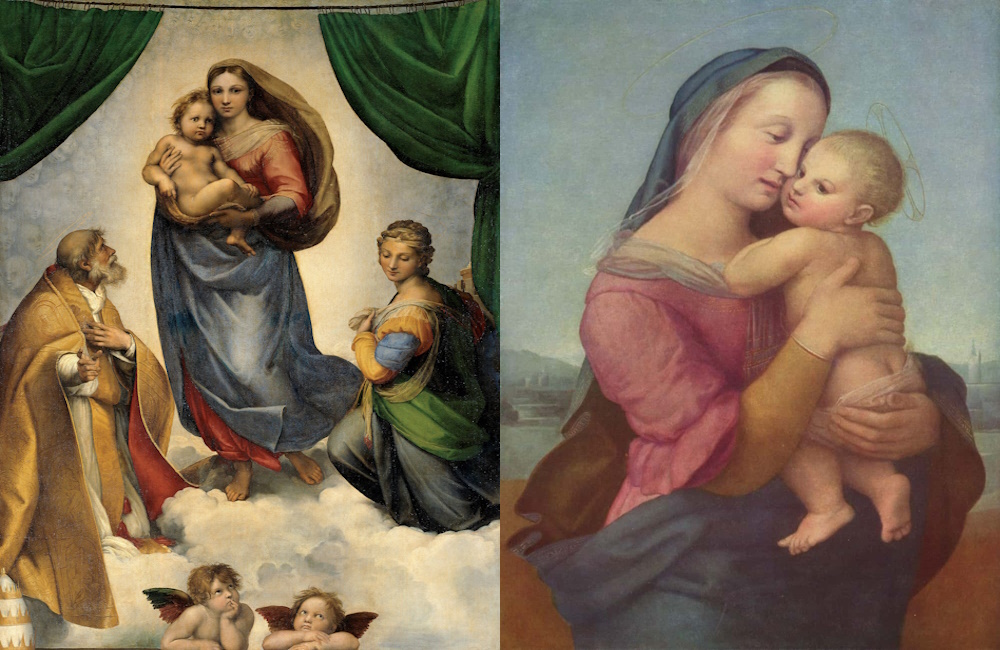Mary, the mother of Jesus, holds a significant position in both Christianity and Islam. The Quran dedicates an entire Surah, Surah Maryam (the 19th Surah), to her. However, the Quran refers to Mary as the sister of Aaron, the brother of Moses, which contradicts the biblical record and has led to confusion and misconceptions. This discussion aims to clarify the differences between the Biblical and Quranic accounts, presenting the truth as found in the Bible.
In Surah Maryam 19:28, the Quran refers to Mary as the “sister of Aaron,” stating, “Sister of Aaron! Your father was not an evil man; your mother was not unchaste!” This reference creates a chronological and genealogical discrepancy, as Aaron and Moses lived many centuries before Mary and Jesus. Thus, Mary could not have been the sister of Aaron, given that Aaron was a figure from the Old Testament and Mary from the New Testament.
The Bible, however, provides a clear and consistent narrative about Mary. According to the Gospels, Mary was a young virgin engaged to Joseph, who became pregnant by the Holy Spirit. The angel Gabriel told her that she would bear a son, Jesus Christ, the Son of God. The Bible does not identify Mary as the sister of Aaron or place her in the lineage of Moses. Instead, Mary is described as being from the lineage of King David through her marriage to Joseph, fulfilling the prophecy that the Messiah would come from David’s line. Matthew 1:16 states, “…and Jacob the father of Joseph, the husband of Mary, and Mary was the mother of Jesus who is called the Messiah.”
There are various interpretations to reconcile the Quranic reference of Mary as the “sister of Aaron.” Some suggest it could be figurative or metaphorical, implying a righteous connection rather than a literal sibling relationship. Others propose that it could refer to another Mary or Aaron or that the term “sister” might denote a broader connection or lineage. Another interpretation is that “sister of Aaron” is a title of honor, emphasizing Mary’s virtuous qualities, similar to how prophets are often linked to other prominent figures.
However, comparing the detailed and unambiguous records of the Bible with the Quran, it appears that there has been a historical merging of two individuals: Mary, the mother of Jesus, and Mariam, the sister of Aaron. The name Mary or Mariam was common among the Jews, which could lead to the conflation of distinct individuals. Aaron’s sister, Mariam, was a significant figure in the Old Testament and was part of the leadership of Israel during the Exodus and the wilderness journey. For example, Exodus 15:20 recounts, “Then Miriam the prophetess, Aaron’s sister, took a timbrel in her hand, and all the women went out after her with timbrels and dancing.”
The Biblical account of Mary provides a clear, coherent story that aligns with historical and prophetic records. Mary, the mother of Jesus, should not be confused with Mariam, the sister of Aaron. They are distinct individuals who lived centuries apart, and understanding this distinction is crucial, especially in recognizing Mary’s role in the prophecy of the Messiah’s birth.
